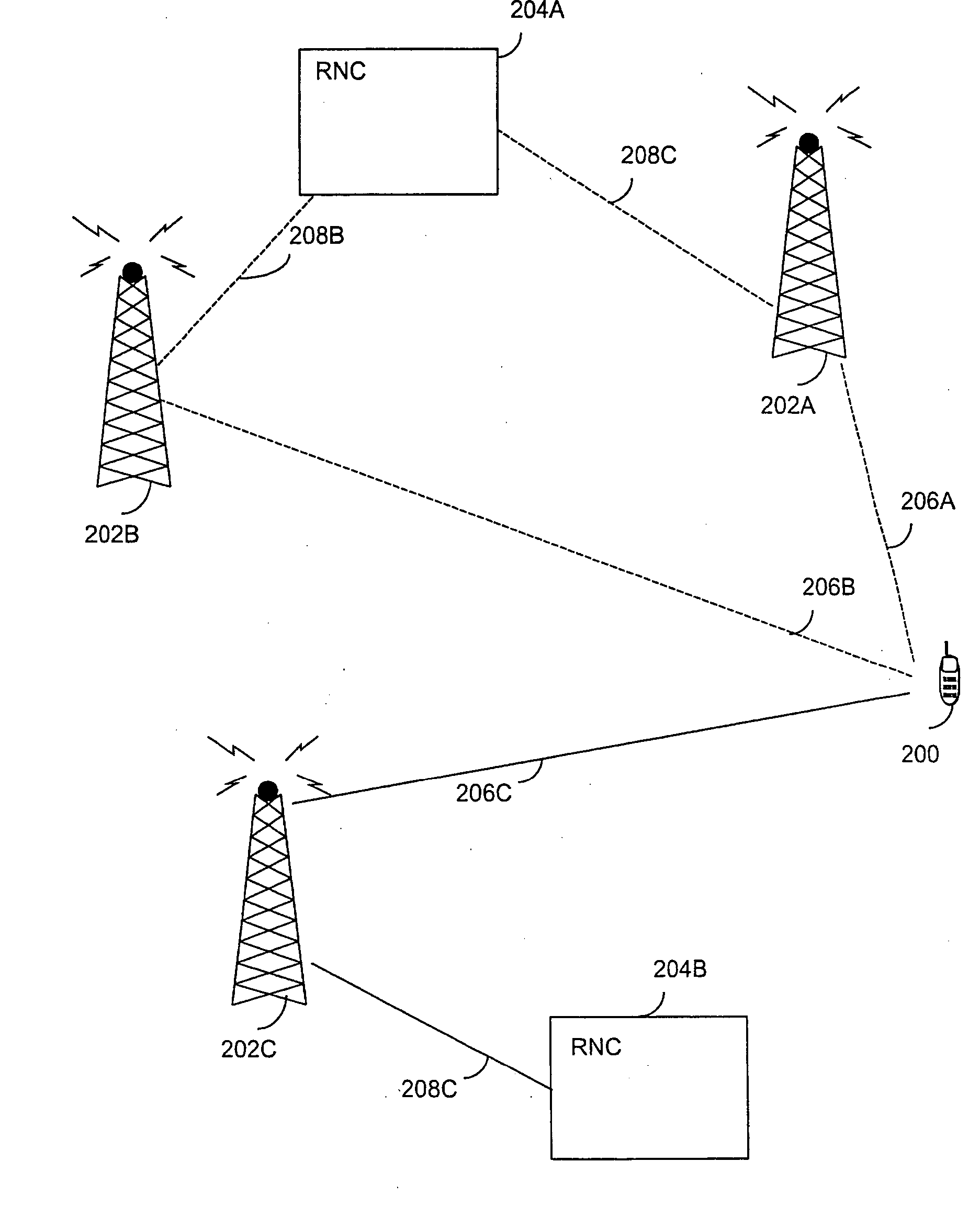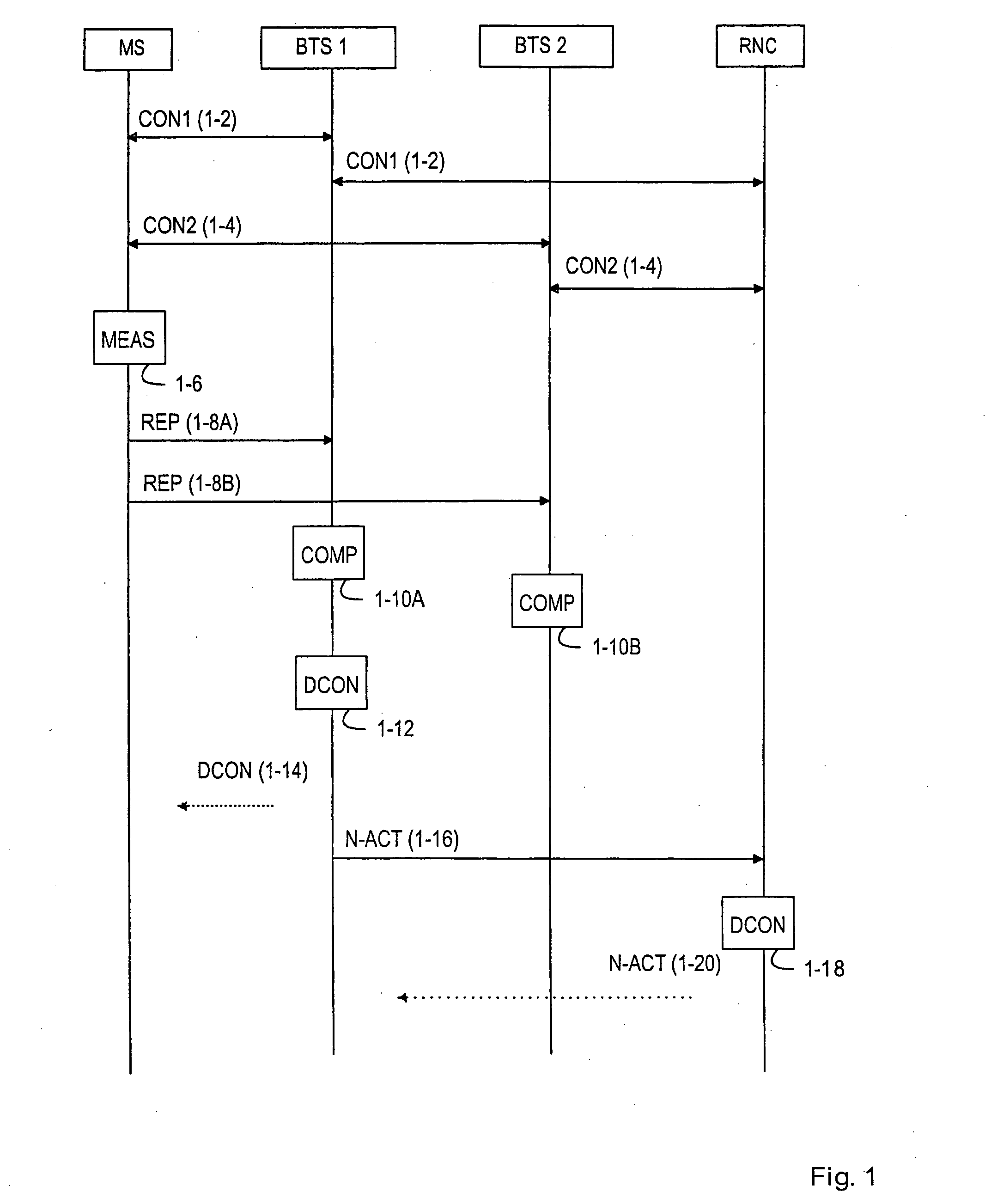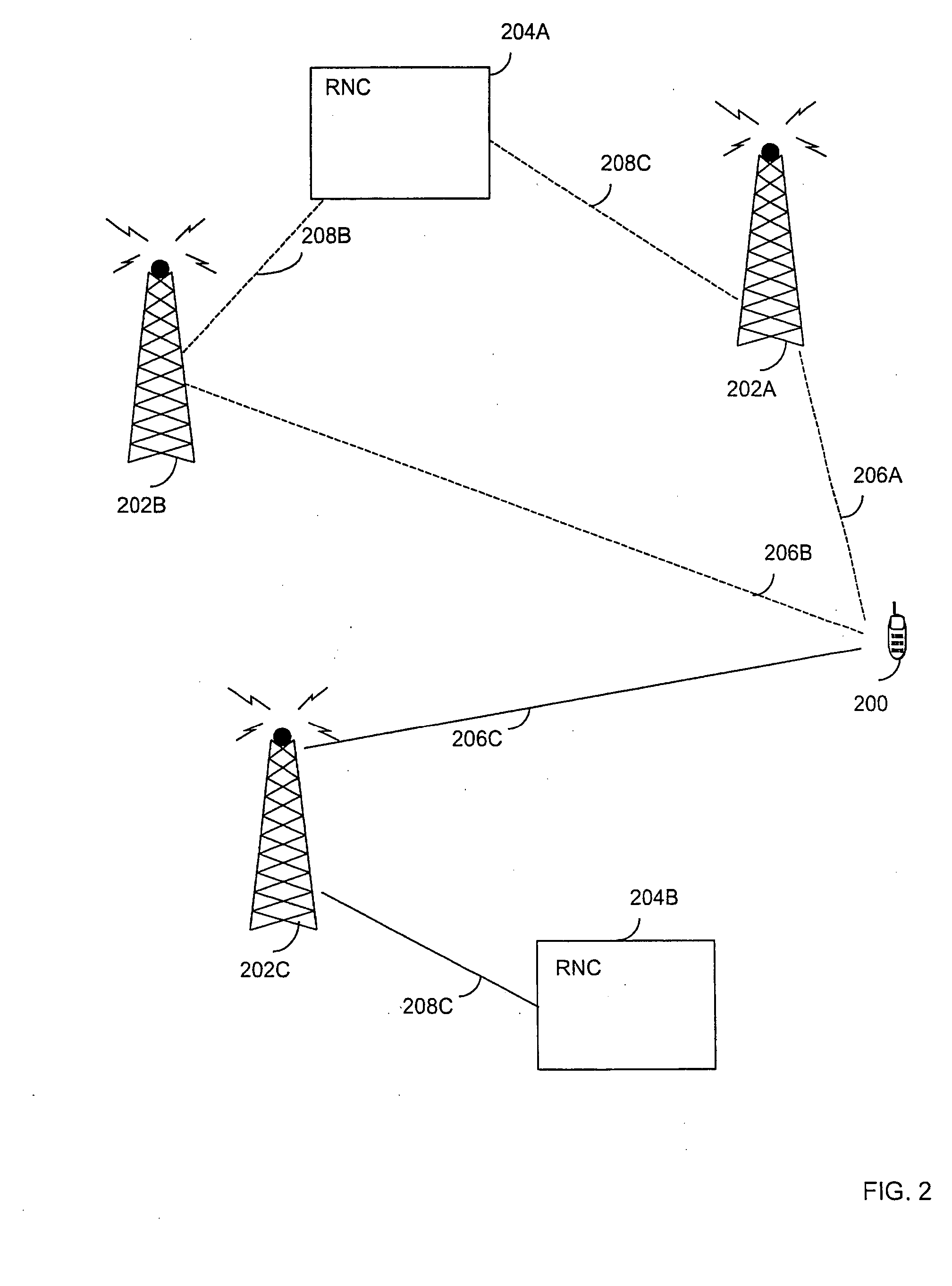Optimizing data transfer in radio system
- Summary
- Abstract
- Description
- Claims
- Application Information
AI Technical Summary
Benefits of technology
Problems solved by technology
Method used
Image
Examples
Embodiment Construction
[0025] A preferred embodiment of the method will be described with reference to FIG. 1. Assume that a terminal equipment, such as a mobile phone, is located in coverage areas of two base stations BTS1 and BTS2 in a mobile telephone system. Method step 1-2A describes call set-up from the mobile station MS to the first base station BTS1. The call set-up includes a great deal of signalling between the terminal equipment and the base station, and functions to be carried out at each end of the radio link to be set up, but it is not essential for the present description to illustrate them in more detail. The important feature is that a radio link is established between the terminal equipment and the base station for possible communication. The call set-up between the terminal equipment and the mobile communication system also comprises corresponding call set-up functions between the base station and a radio network controller RNC controlling the base station, according to step 1-2B. As a ...
PUM
 Login to View More
Login to View More Abstract
Description
Claims
Application Information
 Login to View More
Login to View More - R&D
- Intellectual Property
- Life Sciences
- Materials
- Tech Scout
- Unparalleled Data Quality
- Higher Quality Content
- 60% Fewer Hallucinations
Browse by: Latest US Patents, China's latest patents, Technical Efficacy Thesaurus, Application Domain, Technology Topic, Popular Technical Reports.
© 2025 PatSnap. All rights reserved.Legal|Privacy policy|Modern Slavery Act Transparency Statement|Sitemap|About US| Contact US: help@patsnap.com



